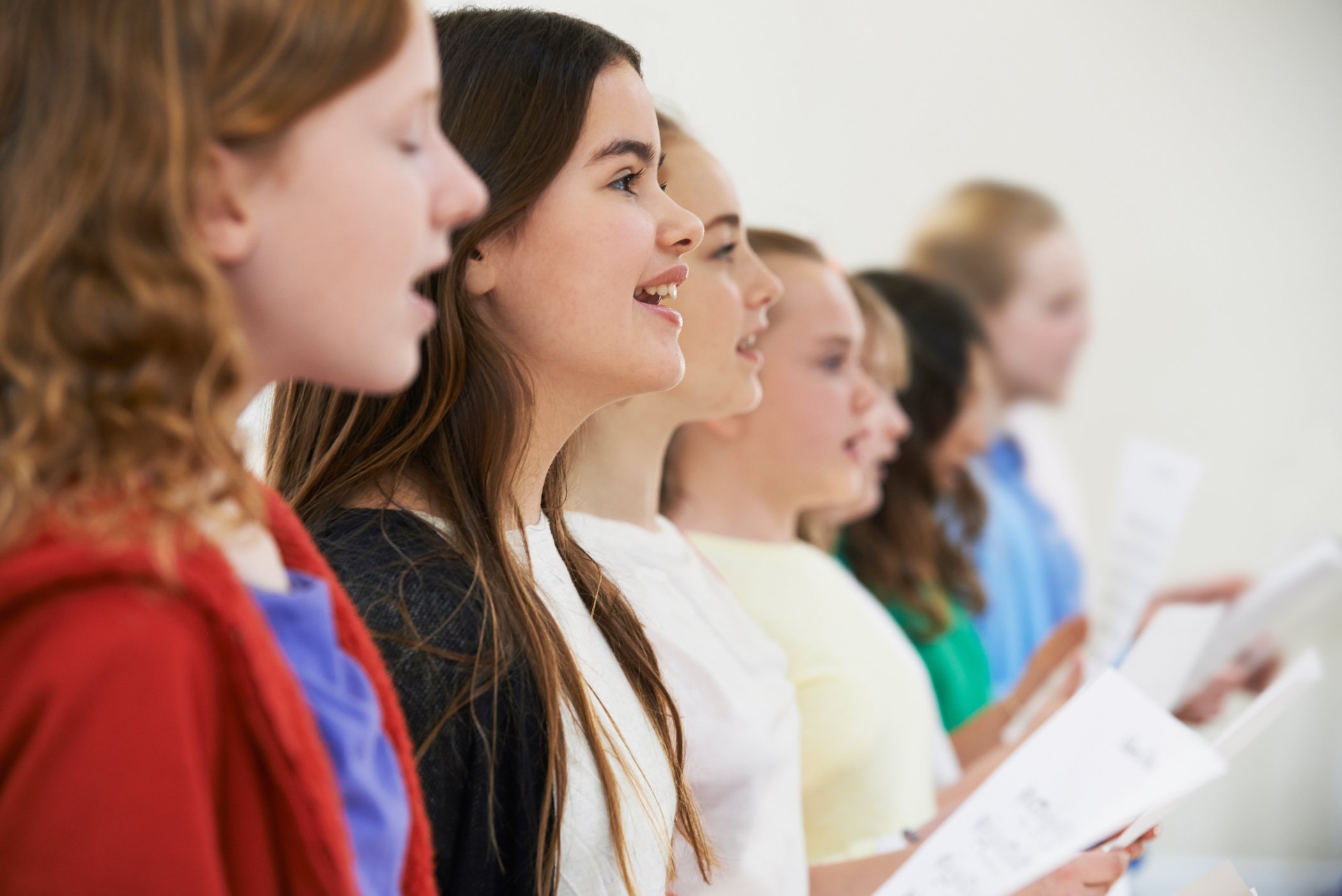
Teaching singing technique

BY: James Gower
11 March 2019
In a Trinity College London singing exam, assessment is focused on the musical outcomes of technique rather than specific aspects of the technique itself. Therefore all teaching and learning approaches to technique are welcomed whilst keeping in mind that when it comes to singing you can’t really give a musical performance without using technique.
In this article James Gower, professional opera singer, vocal coach and singing teacher talks about how teachers can be creative in their approaches to teaching technique, ensuring that technique is taught through everything from warm ups and exercises to getting to grips with learning a new piece of repertoire for a performance.
Let’s start with posture
Establishing a good foundation of singing technique is key to giving a musical performance in any genre and should be the bedrock of all singing lessons. All students should know about good breath co-ordination and how to use their body well for singing. They should have an understanding of posture, of facial posture and securing good pronunciation of vowels and consonants.
Unlike many other instruments, everything to do with singing is related to something in your body. When your body is your instrument, you are physically connected to the music you make so it is important to keep technique mainly focused on physical responses and to ensure that learners understand the technique for themselves. Helping them to appreciate why it is important, what it’s for, why it will help them to sing better and knowing what they should be aiming for will help them to remember it better and also avoid confusion when they are singing outside of lesson time.
Our physiology hasn’t changed in the last 500 years that we have been learning singing. However, there is a need to find ways to creatively and effectively communicate tried and tested techniques in a more modern environment where people hear and engage with a huge range of different styles of singing at the press of a button.
Technique - what should the key focus be?
Much of what is heard isn’t always performed with particularly good technique, and that’s often the most important reason for embedding technique through every aspect of singing lessons from the very start.
There are several key priorities for singing teachers when it comes to technique. There is the need to make that singer sound as good as they possibly can, to ensure that damage isn’t done to the students’ voice and enable them to give a musical performance that sounds relaxed. An attractive voice is a relaxed voice.
Most students come for singing lessons because they already love to sing. They pick up songs fast having listened to and learned the music away from lessons which allows lesson time to be used to focus on technique rather than just on learning the music.
The first lesson
All students also come to their first singing lesson having sung before and will already have their own way of producing sound. This is usually related to the languages they speak, the artists they listen to, the kinds of singing they have done in the past as well as to their own unique physiology. So in the first lesson, assessing what they are already doing, identifying what is working well and what is not, is a good place to start.
Unlike with instruments, nobody is singing from scratch. Listen and judge how students are using their technique, identify what’s tense and start with exercises to help them to release that tension.
In subsequent lessons, creative teachers find ways to teach technique that are personalised to each student in ways which recognise the unique, personal nature of singing. No two lessons are ever the same because no student is ever the same and no day is ever the same!
However, there is a similar lesson shape that can be followed with everyone. For example on greeting the students at the door, gauge their mood, listen to their speaking voice and how they hold themselves and select exercises to warm them up and start focusing on technique from the very start. Exercises can be chosen with the aim of warming the voice down in a relaxed way before approaching vocal transitions to start stretching the voice.
Keep listening to your students - and adapt
It’s important to be constantly listening and assessing what the student is doing and responding in ways that are positive whilst supporting them to try things differently. The self-esteem of the student and the relaxed atmosphere of the studio is paramount to having a good lesson, because if a student is feeling anxious about a lesson they will never sing to their potential.
Being creative with technique means that in every lesson there is a need to communicate a shared understanding of what they need to learn and to keep them interested and inspired. Developing a range of exercises that you can adjust as needed, or making up your own on the spot means that you can respond to the needs of the student in front of you.
The foundation of singing technique is the same for every style of singing, whether that’s classical, musical theatre or rock and pop vocals. However, when students get to an advanced stage, they need to learn variations in technique to apply to different singing styles, mostly to do with larynx position.
For example, an opera singer will have a lower larynx than a pop singer, and a singer performing musical theatre repertoire will aim for a different resonance. A singer who uses a microphone all the time won’t have to project as much and can therefore explore a range of different expressive sounds. However, across all of those different styles, the basic technique will need to be there in order to be able to give a relaxed, musical performance that feels comfortable and is enjoyable to listen to.
Embedding technique into every aspect of singing teaching and being creative in how it is taught to each individual student is key to getting the best out of every lesson - and to ensure that students come back for more next week!
Related posts
BY: James Gower



.jpg)

Comments & Replies